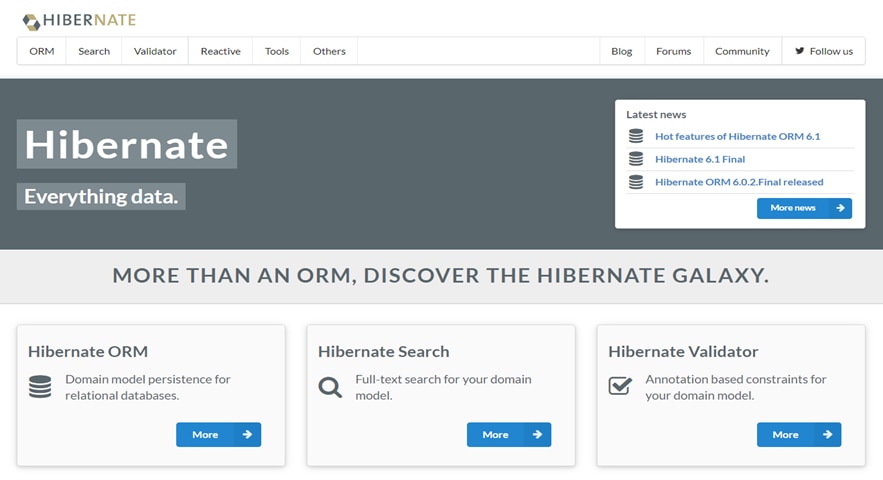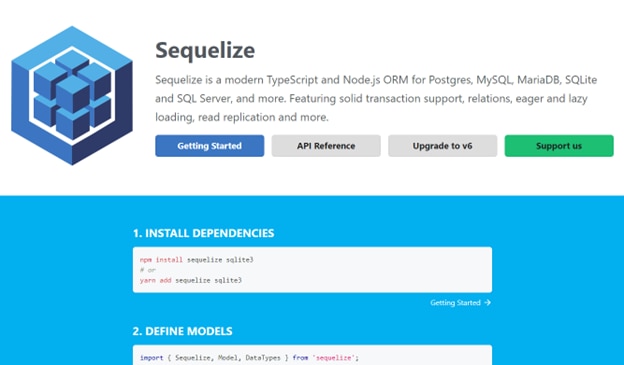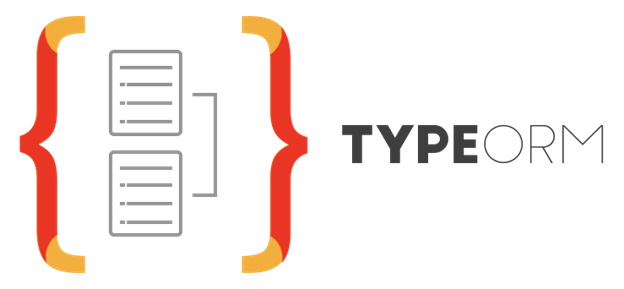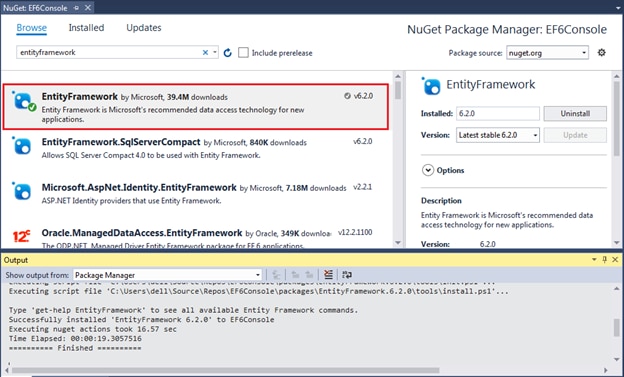Data is omnipresent and a critical component driving today’s digital era. Businesses are leveraging technologies around areas such as big data, data science, and data visualization to harness the power of data. Since data underpins day-to-day business operations, capturing, managing, and utilizing it most efficiently is imperative for organizations. Businesses primarily use relational database management systems (RDBMS) to store and manage data efficiently and employ SQL queries to access and use the data to support multiple business applications. However, developers using object-oriented programming (OOP) languages struggle to effectively align the programming code with the relational database (RDB) structure. Moreover, the increasing complexity of SQL queries with the growing database size and application complexity further adds to developers’ woes. Object-relational mapping (ORM) comes into the picture by providing a framework for bridging these two different approaches to organizing and storing data.
What Is ORM?
ORM, also known as O/R mapping, is the programming mechanism for efficiently mapping application model objects to the corresponding RDB tables. OOP has multiple states and codes in a complex format making it difficult to comprehend and interpret. O/R mapping helps developers understand the underlying database structure by creating a structured map explaining how objects are related to different tables. ORM offers high-level RDB abstraction allowing developers to write code in simple programming languages of their choice instead of using SQL to access, add, update, and delete data and schemas in the respective database. In other words, ORM forms a layer between the language and the database, allowing programmers to work with data without the OOP paradigm.
How Does ORM Work?
O/R mapping employs an object-relational mapper, a code library providing an object-oriented layer between OOP languages and RDBs while eliminating the need to write SQL queries. Based on the principle of abstraction, the object-relational mapper generates a layer of logic without specifying the underlying details of the code. Therefore, it describes the relationship between an object and the data without establishing how the data is structured. Programmers can use the objects to access, interact, and manipulate the database without writing optimized and complex SQL code.
An object-relational mapper standardizes interfaces and automates data transfer from RDB tables into frequently used objects in application code. It helps to accelerate application development and saves developers an enormous amount of time. Object-relational mapper software uses objects to translate data between tables and generate the SQL code to insert, update, and delete data for every change the application makes to the data object. It masks and encapsulates the changes in the data source to ensure there are no changes in the applications when data sources or their APIs change. The object standardization capability of ORM mapping supports application data management needs without requiring developers to write any code repetitively.
Five Reasons Why We Need ORM
Object-relational mapping tools help developers automate object-to-table and table-to-object data conversion while connecting a database to an application with minimum SQL knowledge. O/R mapping allows developers to overcome the challenges of writing and interpreting SQL code and instead focus on generating business logic to ensure higher productivity with lower development and maintenance costs.
Let’s deep dive into why we need O/R mapping tools to manage the interface between applications and databases seamlessly.
Higher Productivity With Minimum Development Time
Manually writing data-access code is massively tedious work taking up much of developers’ valuable time without adding much value to an application’s functionality. Leveraging an O/R mapping tool helps developers significantly reduce development time by automatically generating the code. And an ORM tool also supports developers in tracking database changes quickly and easily and effortlessly debugging and modifying the application as required.
Better Application Design Code Generation
An effective O/R mapping tool generates better-designed code by employing best practices for application design. The right ORM tools use effective code templates which implement ideal design patterns to ensure exceptional application design compared to the manually written code. With ORM tools in place to manage the data interface, developers don’t need to worry about building the perfect database schema beforehand.
Minimum Testing Time and Effort
An application requires thorough testing to ensure smooth performance, making it imperative throughout the development process. However, it’s a highly time-consuming activity. With O/R mapping tools, developers can dramatically reduce testing time and effort since the code generated via O/R mapping tools is already thoroughly tested. The ORM-generated code is most likely to be free from bugs and errors and shouldn’t require further testing. Meanwhile, developers can invest their valuable time focussing on testing the business logic.
Code Reuse for Simplified Development
Object-relational mapping simplifies the development process by offering programming flexibility in any language. ORM tools also allow developers to reuse the data by building a class library to create a separate dynamic-link library (DLL). It helps developers create a new application without necessitating the duplication of the data-access code.
Safeguard Against SQL Injection Attacks
An effective ORM tool also ensures security for applications by shielding them from SQL injection attacks. The O/R mapping framework helps to filter the data to ensure robust safety for the developed applications.
Best ORM Tools
Object-relational mapping tools play an essential role in efficiently mapping an array of related objects to the schema of an RDB to ensure higher productivity and minimum costs. Outlined below are what we feel are some of the best ORM tools on the market.
SolarWinds Database Mapper

SolarWinds® Database Mapper is a cloud or on-premises solution designed to empower users with complete control over the database environment. It can provide automated database documentation for simple management and analysis of many data stores within an environment. The intuitive interface can also allow easier data lineage mapping across multiple data sources to immediately understand data dependencies throughout the entire data stack. The object lineage functionality is diagrammatic and interactive, enabling users to map and drill down into lineage details quickly and effectively. It can help developers ‘fast pace’ development by tracking dependencies clearly and pinpointing the data source in a report. Database Mapper also creates a data dictionary to supplement the metadata for the objects in the data state, such as tables and schemas.
Hibernate ORM

Hibernate ORM is an O/R mapping framework for the Java programming language. It can allow developers to perform easier application development by helping users ensure better runtime performance and developer productivity. It’s built to be an easily scalable framework and can support mission-critical business applications serving large numbers of users. It’s also designed to be easy to configure and is well known for reliability and extensibility.
Sequelize
We think Sequelize is one of the most popular open-source and easy-to-use Node.js and TypeScript ORM tools for MySQL, Postgres, SQLite, SQL Server, MariaDB, etc. It supports developers with data modeling by allowing them to define models using automatic database synchronization and associations between data models—it can do the heavy lifting without creating hassles. And it can also reduce redundant code and minimize overall development time and costs. With Sequelize, developers can more easily connect different databases and seamlessly switch from one database to another while working on diverse applications. However, we believe Sequelize may have shortcomings when working with complex relations and associations, and maintainability could also be a concern.

TypeORM
TypeORM is also an open-source O/R mapping tool used with JavaScript and TypeScript and supports both Active Record and Data Mapper patterns. It can allow developers to write high-quality, scalable, loosely coupled, and easy-to-maintain applications in a highly productive manner. It can help users ensure consistent support for small applications with only a few tables, up to large-scale enterprise applications having multiple databases.

Entity Framework
Entity Framework is an open-source O/R mapping framework for .NET applications. It can help developers overcome the need to write complicated data-access code by enabling them to operate at a higher level of abstraction without focusing on the underlying database tables and columns where the actual data is stored. Unlike the traditional application development process, we think Entity Framework can allow developers to create and maintain data-oriented applications with less code.

Conclusion
Developers must have in-depth database knowledge and the capability to efficiently code in SQL when attaching an RDB to an object-oriented application. However, it’s a time-consuming activity. Object-relational mapping tools use the concept of abstraction to help build a consistent code framework for applications. O/R mapping tools are built to boost productivity by providing highly-abstract data models and ensuring automated SQL code generation. Developers should look towards ORM to gain more flexibility for quickly isolating programming logic from the database and making the code easier to update, maintain, and reuse. And finally, it’s crucial for developers to carefully evaluate the array of O/R mapping products available in the market before choosing the right ORM solution to help eliminate some of the challenges within the application development process.
